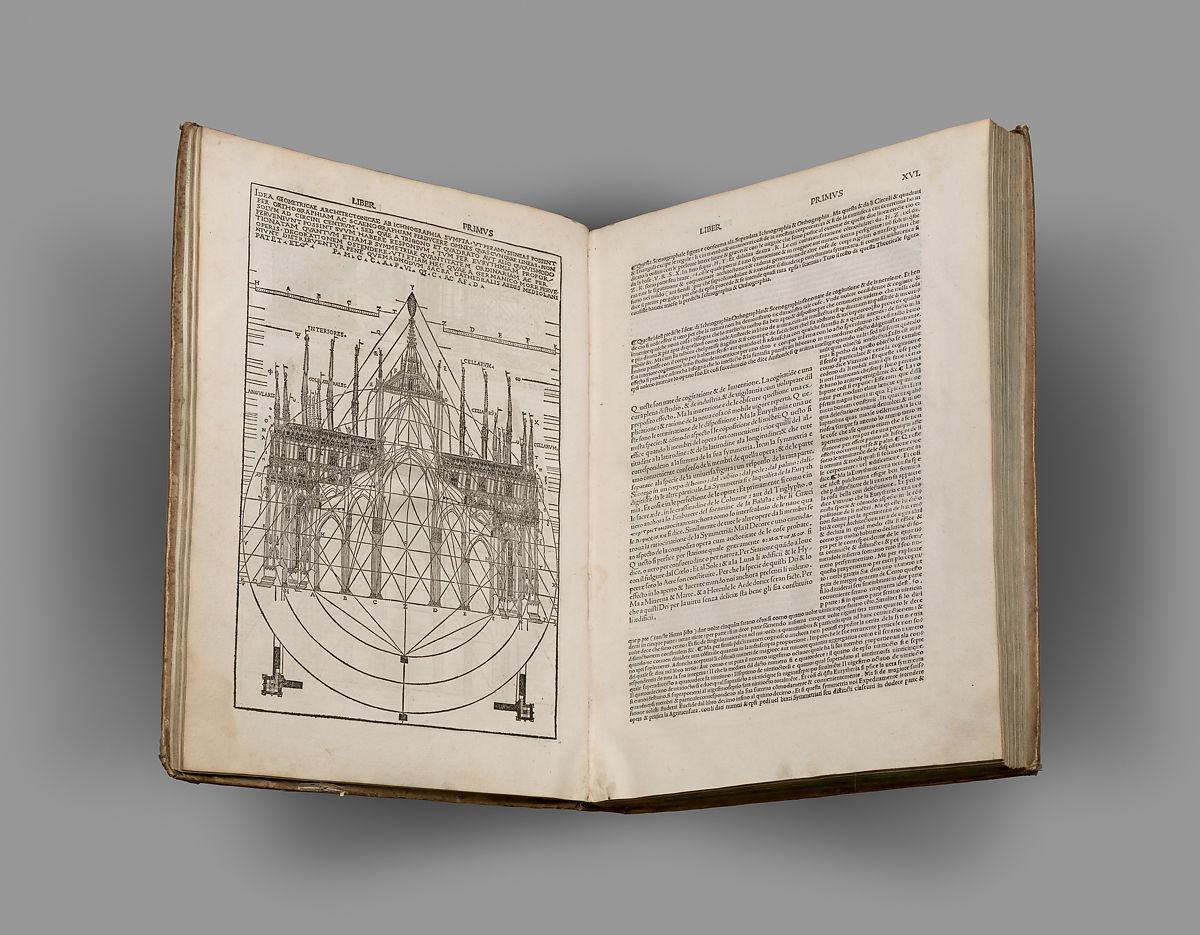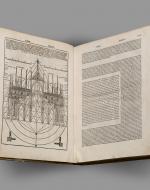Created by Kanti Bharat on Mon, 02/03/2020 - 20:39
Description:
Roman architect and engineer, Vitruvius, wrote and published the treatise on architecture entitled de Architectura, now known as The Ten Books on Architecture, circa 30 to 15 BCE and dedicated it to the emperor of Rome of the time, Caesar Augustus. It is the only surviving document on Classical architecture and heavily influenced the Renaissance period as well.
Throughout the treatise, Vitruvius exemplifies his three ideals of architecture, utility, strength, and beauty. Book I describes architecture and civil engineering as a whole. Book II delves into the specifics of construction materials such as brick, sand, lime, and stone. Book III and IV outlines architectural techniques and aspects of the temple while Book V and VI describe those of city buildings and houses respectively. Book VII recommends approaches to decorative work. Book VIII details architectural designs of water sources, specifically aqueducts. Book IX specifies other fields related to and influencing architecture, such as geometry and astronomy. Finally, Book X describes machinery used in the construction and design of buildings.
Despite its immense detail and usefulness in Roman times, the treatise was largely forgotten until the 1400s when it was rediscovered by pioneer Renaissance humanists. Later, Leonardo da Vinci was primarily influenced by Book III Chapter 1 Section 2 of de Architectura, in which Vitruvius outlines the geometric proportions of the human figure. This paved way to the famous Vitruvian Man drawing and its influence on Renaissance ideals.
Image Source: https://www.metmuseum.org/art/collection/search/367690
Other Sources:
Isaacson, Walter. “Chapter 8 Vitruvian Man.” Leonardo Da Vinci: The Biography, Simon & Schuster, 2018.
Vitruvius. The Ten Books on Architecture. Translated by Morris Hicky Morgan, Harvard University Press, 2014.
http://academics.triton.edu/faculty/fheitzman/Vitruvius__the_Ten_Books_on_Architecture.pdf


